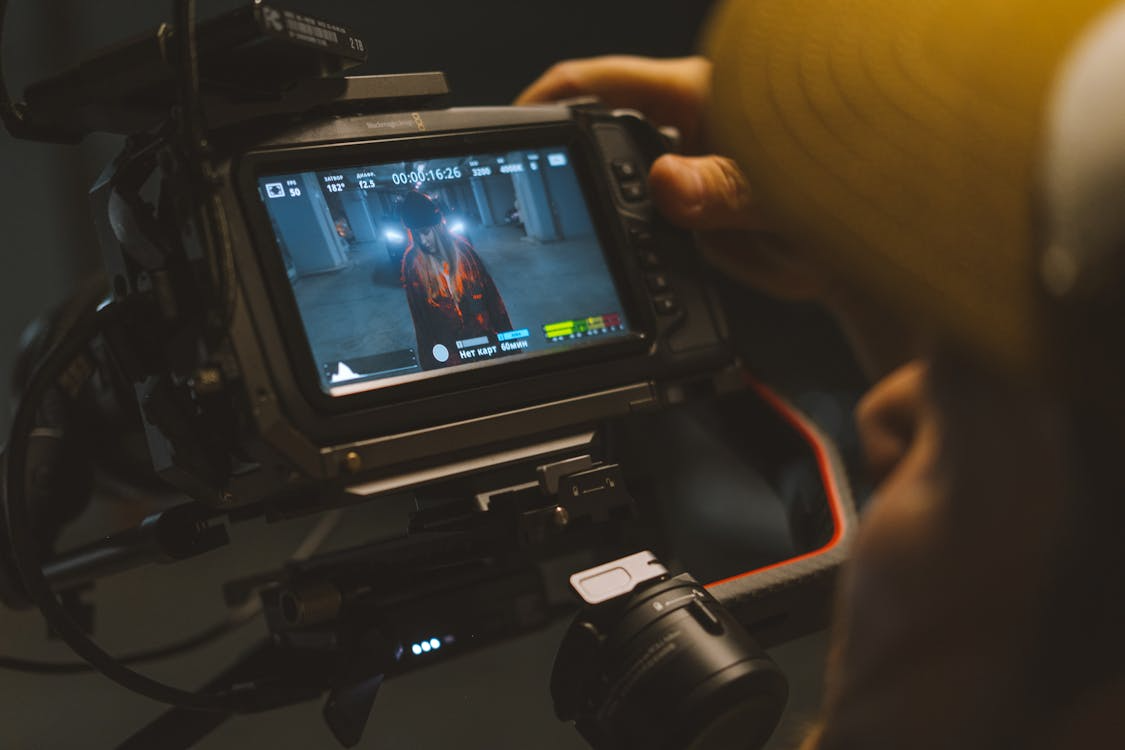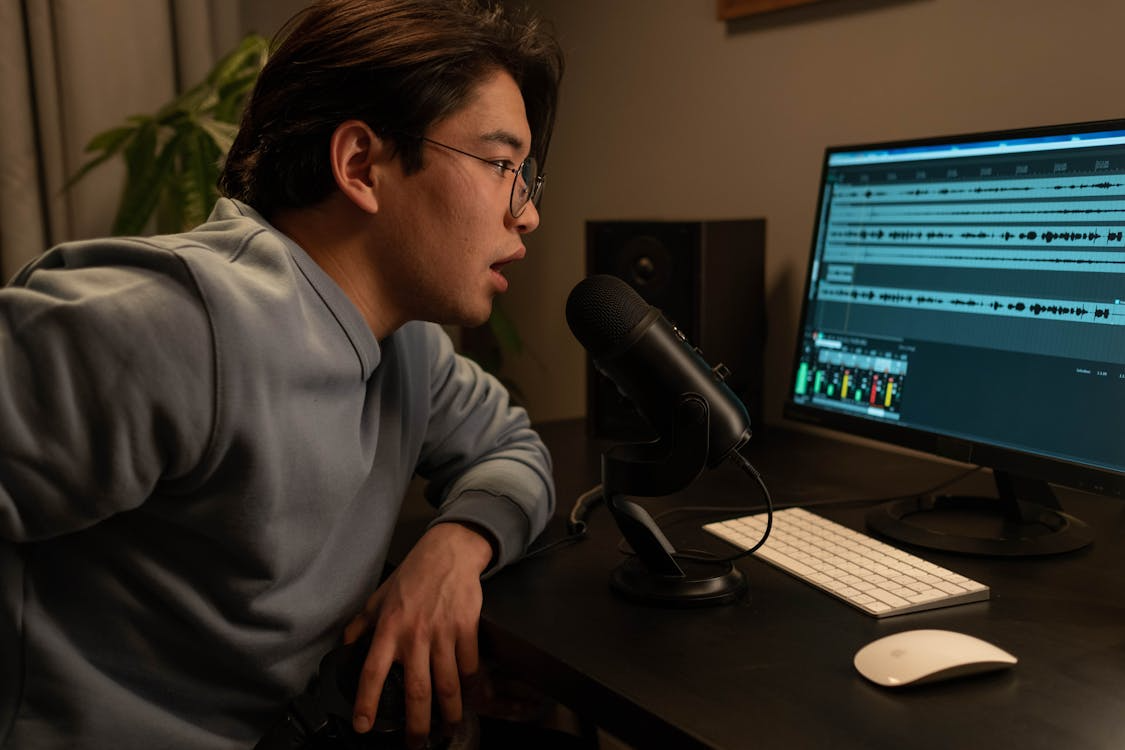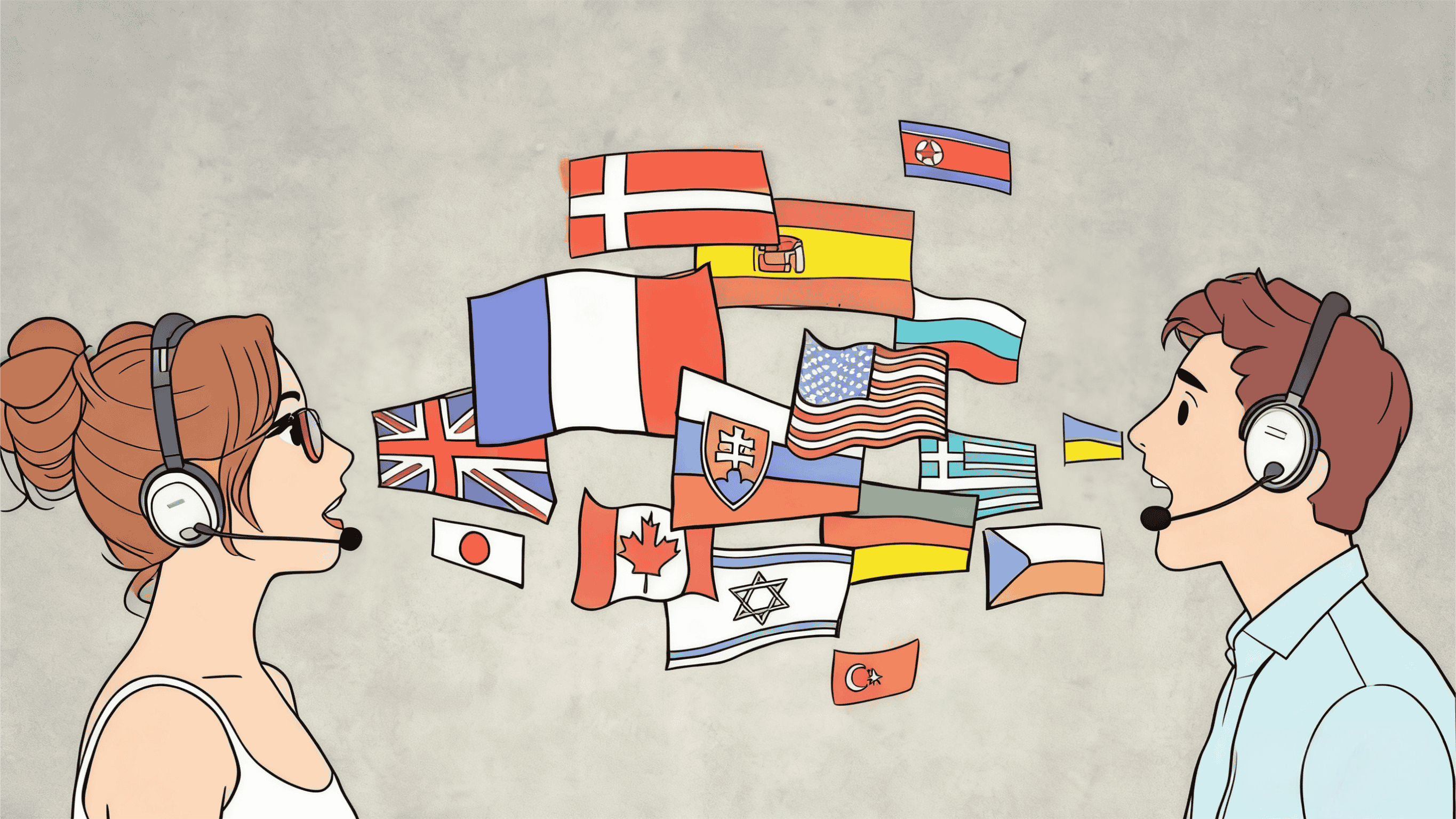Picture this: you're rolling out a slick ad campaign or a detailed training video to audiences scattered from Tokyo to Toronto, and suddenly, the feedback rolls in—viewers love the visuals but say the narration just doesn't click. It sounds too polished, too perfect, almost like it's missing a heartbeat. That's the kind of snag marketing pros and content creators run into all the time when they're deciding between AI-generated voices and real human talent for their global pushes. With AI making waves these days, it's easy to get swept up in the promise of fast, cheap fixes. But hold on—let's break it down step by step and see what actually works best for videos that need to land worldwide, whether it's a punchy ad, in-depth training, or a compelling documentary.
Why AI Voice-Over Is Everywhere Right Now
No denying it—AI in voice-over tech is blowing up. Just look at the numbers: a recent industry survey found that 78% of businesses have either rolled out or are testing Voice AI solutions, a big jump from 45% a couple of years back. It's all thanks to smarter algorithms that can whip up narrations in a flash, handling everything from basic scripts to multi-language versions without much fuss. For global marketing, this means you can localize content quicker than ever, testing the waters in new markets without waiting weeks for recordings.
But here's where it gets interesting. While AI's getting better at sounding human-ish, it's still not quite there for the stuff that really matters in marketing. I've seen teams get excited about the speed, only to realize later that something's off—maybe the tone doesn't adapt to cultural vibes, or it just feels flat when it should be firing people up.
The Real Deal on AI's Upsides and Downsides
Let's get practical about what AI brings to the table for your videos. On the plus side, it's a time-saver like no other. You can generate voice-overs in minutes, perfect for churning out short clips or A/B testing different languages. And the cost? It can slash expenses dramatically—some reports say by as much as cutting production costs way down compared to hiring pros. That's huge for smaller teams or when you're scaling up to hit dozens of countries at once.
That said, AI isn't flawless, especially in a global context. One big issue is the emotional side—those voices often come across as robotic, missing the warmth or urgency that pulls viewers in. Studies show this can actually make ads less effective, bumping up how much mental effort people need to process them. Then there's the cultural angle: AI might nail the words but flop on nuances like accents, idioms, or even avoiding stereotypes that could rub audiences the wrong way in different regions. I've heard stories from creators where an AI-narrated video tanked in one market because the phrasing felt off-base, like it wasn't tuned to local ears.
In essence, AI's great for quick hits or drafts, but it can leave your content feeling a bit soulless, especially when you're aiming to build real connections across borders.
What Makes Human Voice-Over Still the Go-To Choice
Flip the script to human narrators, and you get that intangible spark that's tough to beat. Pros in this field bring real emotion to the table—they can tweak their delivery to match the video's vibe, whether it's motivational for training or persuasive for ads. Research backs this up: human voice-overs tend to drive higher engagement in marketing campaigns, with viewers sticking around longer and responding better overall. Plus, they handle cultural tweaks like pros, adjusting for dialects or subtle references that make the content feel native, not just translated.
Sure, it's not all smooth sailing. Bringing in human talent means higher upfront costs and longer timelines—you've got scheduling, sessions, and tweaks to deal with. But for brand-critical stuff, that investment often pays off big time in trust and authenticity. Consumers pick up on it; surveys show they're way more likely to connect with human-narrated content, leading to better retention and loyalty.
A Standout Example from the Real World
Take MrBeast, the YouTube giant who's mastered going global. When he first tried expanding his wild challenge videos into other languages, he leaned on AI dubbing—and it bombed. Viewers bailed early, saying the voices felt fake and disconnected from the energy. So, he switched gears, teaming up with professional human dubbers who nailed the local flavors, like syncing hype with regional slang and pacing.
The results? His dubbed channels exploded, doubling reach in markets like Latin America and Europe, with retention rates shooting up because audiences finally felt like the content was made for them. It's a classic case of how human touch turns generic global content into something that resonates, boosting views and engagement where AI just couldn't cut it.
Wrapping It Up: Why Human Wins for the Important Stuff
At the end of the day, while AI's a handy tool for efficiency, nothing beats human voice-over for creating that genuine trust and emotional pull in your key marketing or training videos. The data's clear—human narration edges out AI in engagement, especially for short formats where every second counts. In a world where brands are fighting for attention across cultures, that authentic feel is what builds lasting bonds, something algorithms just can't fake yet.
If you're gearing up for a global launch, consider blending the two: use AI for rough cuts, but bring in experts for the final polish. That's where companies like Artlangs Translation shine—they've been honing translation services in over 230 languages for years, specializing in video localization, short drama subtitling, game adaptations, and multi-language dubbing for audiobooks and series. Their hands-on experience has turned countless projects into hits, sidestepping the cultural pitfalls that trip up AI and delivering voices that truly connect.
Your videos deserve to do more than just play—they should stick with people. Lean into the human element, and you'll see the difference in how your global audience responds.











